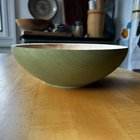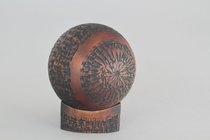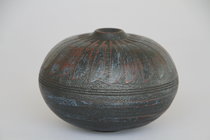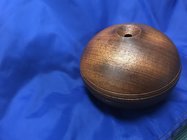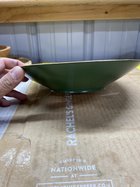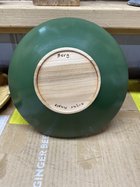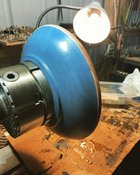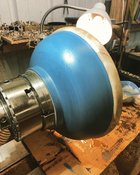I’ve just used milk paint for the first time, as I find both the colors available and the finish so appealing. I really don’t know any of the nuances of using the material and wonder if you can offer some advice. I read (too late) about adding a binder to the paint to help with adhesion. Is this necessary? In what circumstances? How much sanding between coats? What kind of “topcoat” is desirable and/or possible to protect and/or change the reflectivity? Here’s my first coat on a small sycamore bowl. Thanks loads!
